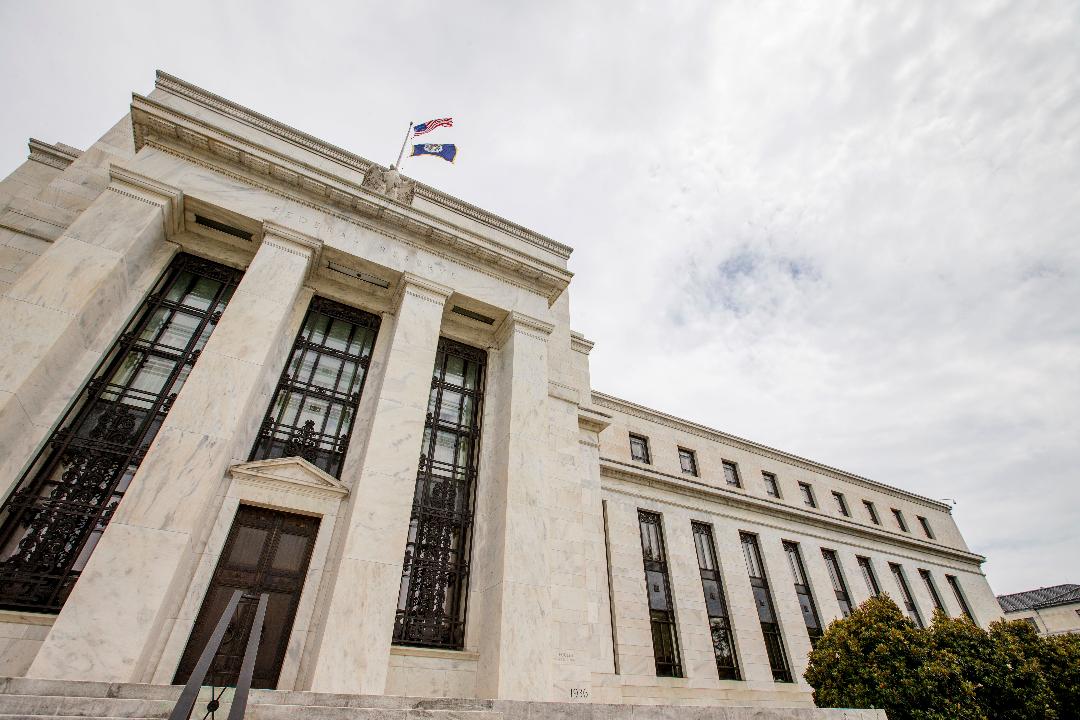San Francisco Fed picks Mary Daly as president
The Federal Reserve Bank of San Francisco said Friday that Mary Daly, its research director, will become its new president on Oct. 1.
She will succeed John Williams, who helmed the institution from 2011 until leaving earlier this year to become president of the New York Fed.
Ms. Daly, 55 years old, has worked at the San Francisco Fed since 1996, starting out as a staff economist before rising through the ranks, becoming research director in 2017. She has focused her work on labor-market issues, a timely interest as Fed policy makers struggle to understand why a strong job market hasn't spurred better wage gains and higher rates of inflation.
She "is one of our nation's leading authorities on labor market dynamics, " Alex Mehran, chairman of the San Francisco Fed board of directors, said in a statement announcing the selection. "Her research in this area reflects her deep commitment to understanding the impacts of monetary and fiscal policy on communities and businesses at a local, regional and national level."
Ms. Daly has "done very important research on the labor market and the way in which it has behaved, especially since the financial crisis," said former Fed Chairwoman Janet Yellen, who served as the San Francisco Fed's president from 2004 to 2010. She said Ms. Daly was a skilled communicator and "will be very effective in a policy-making role."
With Ms. Daly's promotion, three of the 12 regional Fed banks will be led by women. One of three Fed governors is female. The Atlanta Fed's president is the first ever African-American regional bank president in the central bank's century of existence.
Ms. Daly earned a Ph.D. in economics from Syracuse University in 1994. She got her master's degree at the University of Illinois Urbana--Champaign in 1987 and her bachelor's at the University of Missouri-Kansas City in 1985.
She has been a frequent public speaker and writer on economic issues, but her monetary-policy views aren't well known. She will become bank president as the Fed is gradually raising short-term interest rates amid an active debate over how far to lift them.
Ms. Daly will vote at the interest-rate-setting Federal Open Market Committee meetings this year once she takes office, and will regain that status in 2021 because of the central bank's rotation system.
The San Francisco Fed job paid $476,100 last year, according to the central bank's 2017 annual report.
Ms. Daly's journey to the top of her profession didn't follow the same path as that of many of her colleagues. She told the St. Louis Fed in a podcast earlier this year she had a tough start to life that led to her living on her own as a teenager and dropping out of high school. She earned a GED and then went to college. She started out studying psychology.
"I'm a roundabout person, apparently, a crooked-path kind of person," Ms. Daly said in a transcript of the podcast.
She added in the podcast, "I'm just fundamentally interested in how monetary policy interacts with people's lives, and importantly, I think about myself as a macro labor economist who thinks about the macroeconomy and monetary policy and how we achieve the dual mandate, which is low and stable prices and full employment."
She noted she has a special affinity for those outside the majority. "I'm openly gay. I'm female" and come from a lower-income family, Ms. Daly said. "I don't think I've ever felt like I was in the majority." That experience has caused her to question things and consider other viewpoints, she said.
Colleagues said Ms. Daly has played important roles seeking to promote diversity within the Fed system and the economics profession, which remains dominated by white men.
In an interview with The Wall Street Journal in April, Ms. Daly said improving diversity within the Fed system also meant taking a broader focus to recruitment efforts beyond race and gender.
"It means making sure our people don't all come from Stanford, Harvard and Berkeley," she said. "I've seen so many people who didn't have a pedigree background who have been able to step up and make contributions here."
The San Francisco Fed said it cast a wide net in its search for president, initially identifying about 280 potential hires. It interviewed 12 candidates in August, and the board selected Ms. Daly as its preferred hire on Wednesday. She was approved by the Fed board a day later.
Ms. Daly's selection comes amid heightened scrutiny of the process for choosing Fed bank leaders. Each of the 12 quasi-private institutions is overseen by its own board of directors, whose members are drawn from the private sector. These boards -- minus the members who work for financial firms regulated by the Fed -- select the presidents, subject to approval by the Federal Reserve's Washington-based board of governors.
The process has been criticized by left-leaning activists and some academic observers for happening behind closed doors with limited public input. In reaction, Fed banks have become more open, offering guidance on what types of candidates they were seeking, as well as time frames for action.
But the process that brought Mr. Williams to the New York Fed drew criticism, including from some local elected leaders, who expressed disappointment when the process resulted in the selection of a white, male Fed insider, despite an effort to consider a diverse candidate pool.




















